1940s Fashion – From Coveralls to New Look: A close look at the reference periods of fashion, which is in a continuous cycle of development, change and turning back. Our ninth stop is the 1940s, which permanently introduced trousers into women’s lives.
Fashion refers to currently popular clothing styles. It always develops and changes and returns to the top. Every style and trend in fashion is recalled from an absolute time or era. That is why it is very important and valuable to have an idea about the history of this evolution.
As you get an idea about a person, you also learn about his or her style. While reading the history of humanity, it is inevitable to take a look at the history of fashion.
In this article series, we will take a closer look at the periods used by fashion as a reference. Enjoy reading 1940s Fashion below.
1940s Fashion: From Coveralls to New Look
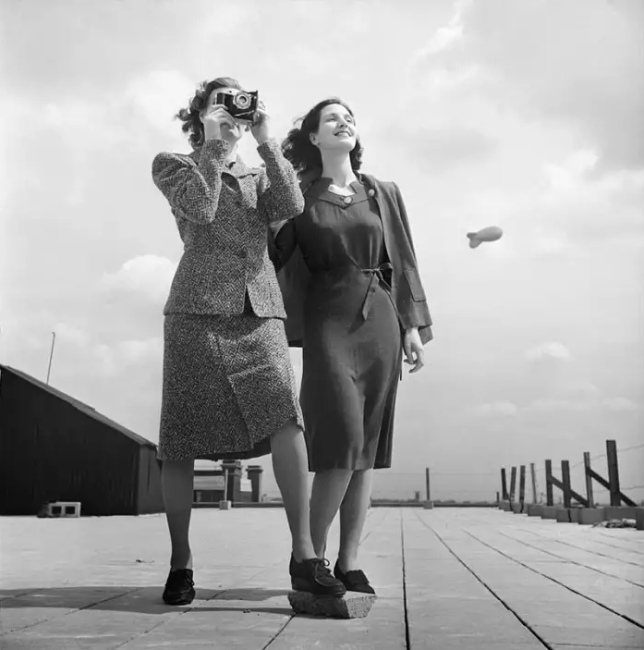
It would not be wrong to say that the fashion of the 1940s was determined by Adolf Hitler; because Germany’s invasion of Poland in September 1939 determined the fate of what will happen in this decade. And considering that fashion has drawn a path for itself in the footsteps of social developments and movements in the world economy, II. World War itself.
Pearl Harbor was bombed on December 7, 1941, while Germany also occupied Norway, Denmark, the Netherlands, Belgium, France, Yugoslavia and Greece. The world was at war, and haute couture waited in the back seat for all this global conflict to end.
The essence has changed the whole world, so is women’s fashion.
Every woman in America knew that men would be enlisted. It was undoubtedly militarism that affected American fashion. Many women’s clothing took on a military appearance under the shadow of the war. Women everywhere had to do something with less. Discover more about 1940s fashion below.
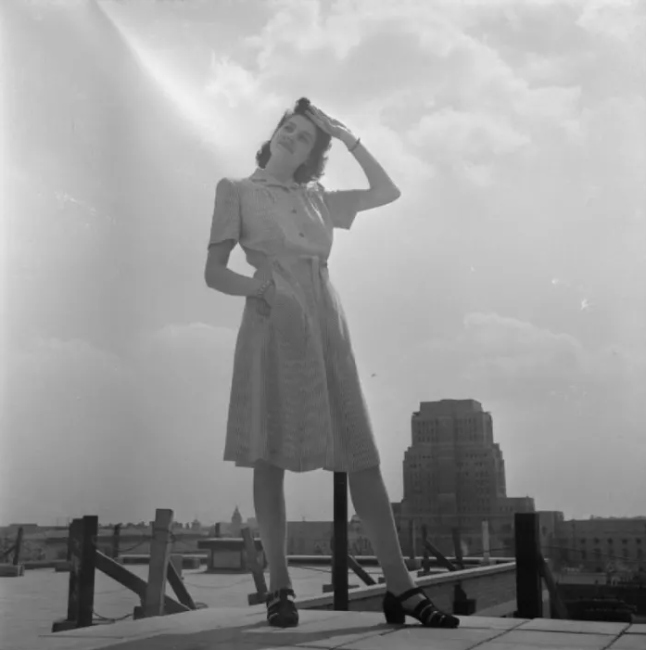
Wartime Fashion for Women
Due to the necessities of the war, the fabric was rationed. While nylon and wool were essential for the military, Japanese silk was banned after the Pearl Harbor attack. With its fibers produced from wood pulp, rayon became the most preferred fabric for women’s clothing during the war, as the new semi-synthetic fabric. Discover more about 1940s fashion below.
Coupon System
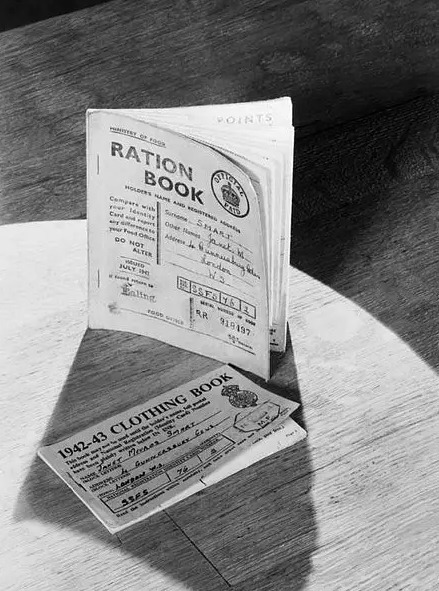
When Britain was under Nazi attack in June 1941, rationing gave birth to the coupon system. An adult British was entitled to 66 coupons per year; this number dropped to 36 in 1945. Materials were limited and prices were high. Many governments imposed restrictions on the use of fabrics and other materials. The priority was to meet the needs of the military. Discover more about 1940s fashion below.
Service Overalls
While London was being bombed, people were also afraid of being attacked by gas, as the Germans had previously done during World War I. London-based high fashion store Harvey Nichols launched gas protection overalls in different colors from fatty silk. Many women have acquired these overalls that they can wear immediately when the sirens start to sound. A new innovation, it had many pockets for things like overalls, paper and valuables, and was extremely comfortable.
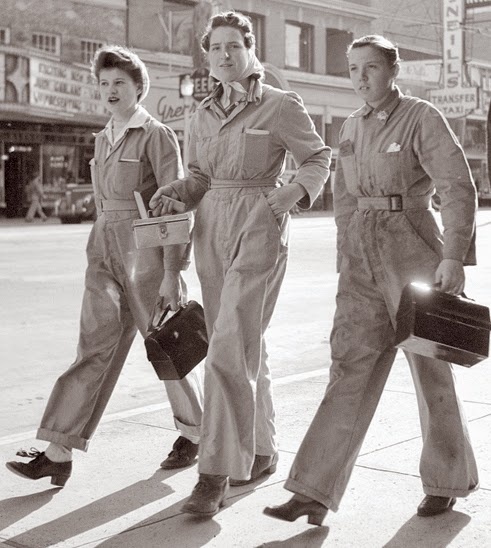
Service overalls have also become indispensable daily clothes for women who start working in factories, in positions vacated by men who went to war. With its attitude that breaks the gender stereotypes, overalls opened the door for women to adopt the trousers they often wore for the first time. Service overalls, which have an industrial appearance, also became the symbol of the working women of the period.
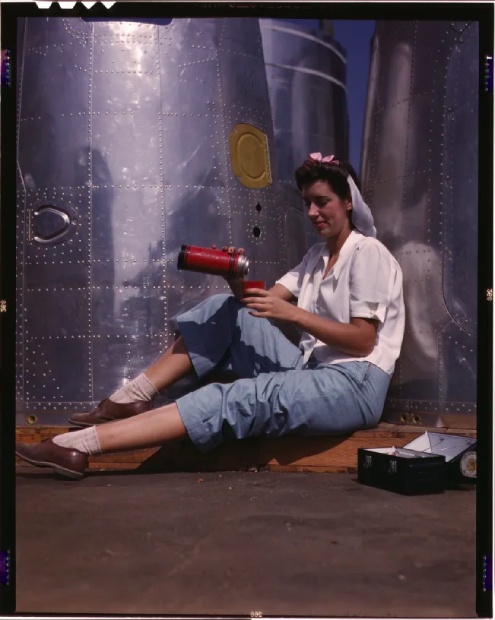
Goodbye Paris, Hello New York
Although the couture houses in Paris remained open throughout the war, the city’s disconnection with the outside world caused it to lose its decisive influence on fashion. Not knowing what was worn in other countries, French designers could not reflect the style codes that defined the era in their designs.
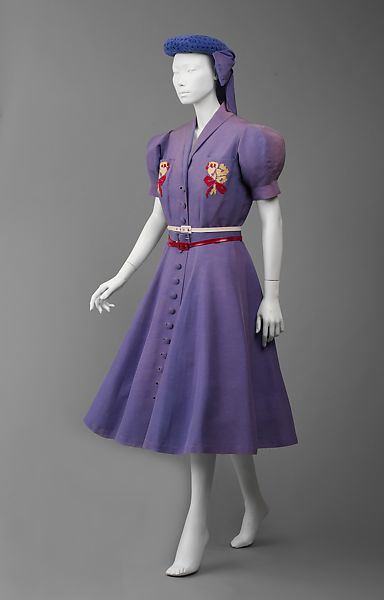
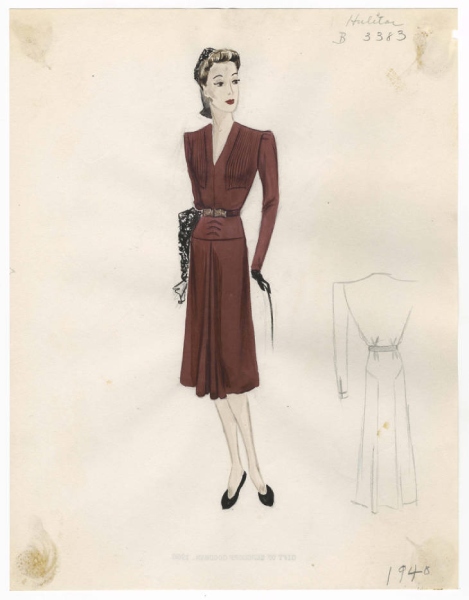
In the United States, there was no obligation to use a limited amount of fabric as in Britain. The inability of French designers to leave Paris allowed American designers to be successful throughout the war, especially in ready-to-wear. Two names in particular stood out in the American design scene: Norman Norell and Claire McCardell. Discover more about 1940s fashion below.
Norman Norell’s high-quality designs filled the gap in the space dominated by Paris. Using sequins that are not subject to ration distribution, Norell responded with glow to the dark atmosphere created by the war.
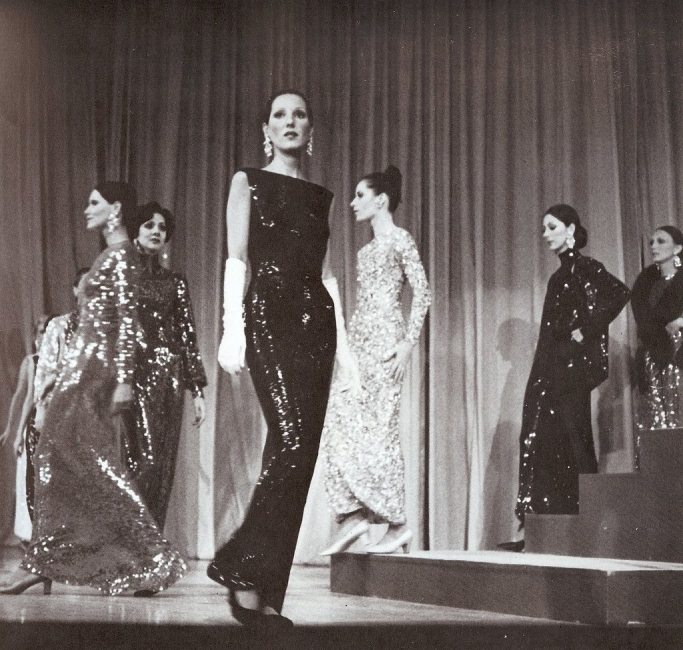
The Popover wrap dress introduced by Claire McCardell in 1940 went down in history as an indispensable piece of the period. The easy-to-wear, fun and comfortable dress continued its success into the 1950s.
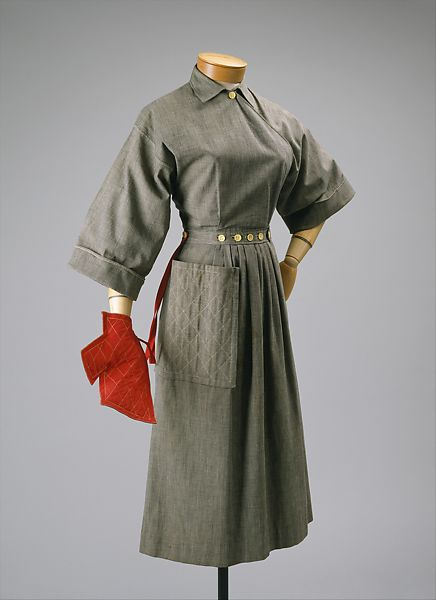
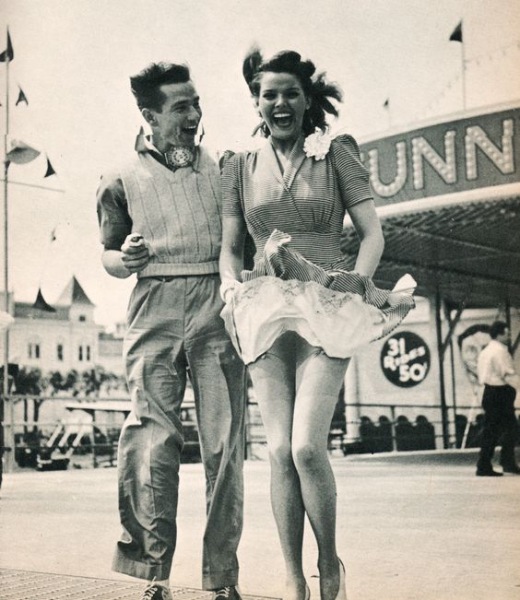
Official restrictions were imposed on materials to be used during clothing production in both the UK and the United States. In accordance with the L-85 Law, the length of fabric to be used to produce a garment was specifically specified. Skirt lengths started to shorten due to these restrictions. The law also prohibited pleats and rivets on jackets and trousers. The metal used for the zipper was reserved for the military; Buttons could only be included in clothing as long as they had a use value.
Short, Draped, and Even Cool
Less fabric brought elegant styles with narrow hip lines. Short and draped became the necessity fashion of the era. Discover more about 1940s fashion below.
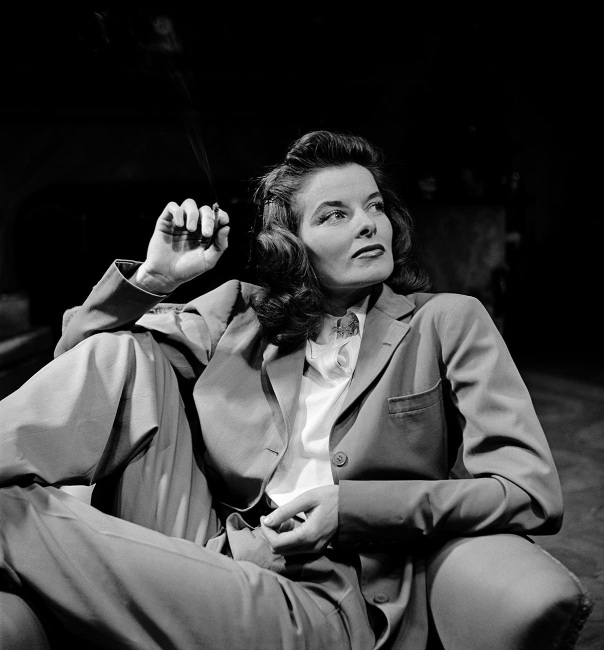
Strangely, sequins started to be embroidered on knitwear. Hollywood, which continues to be on the radar of the people with its magnificent stars, has become synonymous with actresses portraying a new kind of elegance. Katharine Hepburn was one of these names. Hepburn, who preferred clothes that allow her to move freely, became the symbol of the visibility of wide cut trousers.
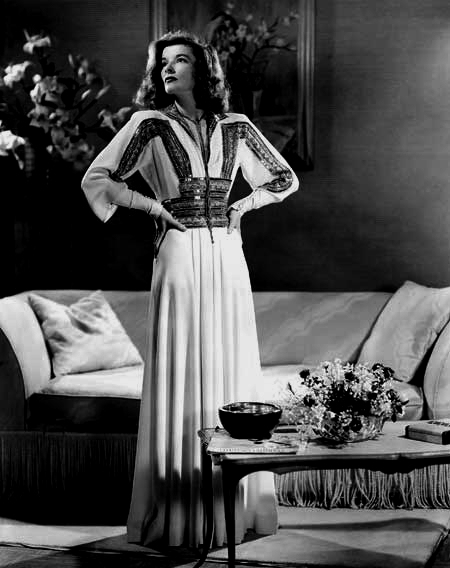
Post-War Women’s Fashion – in other words – New Look
The war ended in 1945; but life did not suddenly return to what it was like, fashion included. The dress card system continued in England until 1949; Material shortages were experienced in both America and Britain. However, with the launch of Dior in February 1947 as New Look, New Look by fashion editor Carmel Snow, defining the post-war style, interest in rationally simple overalls suddenly waned. Discover more about 1940s fashion below.
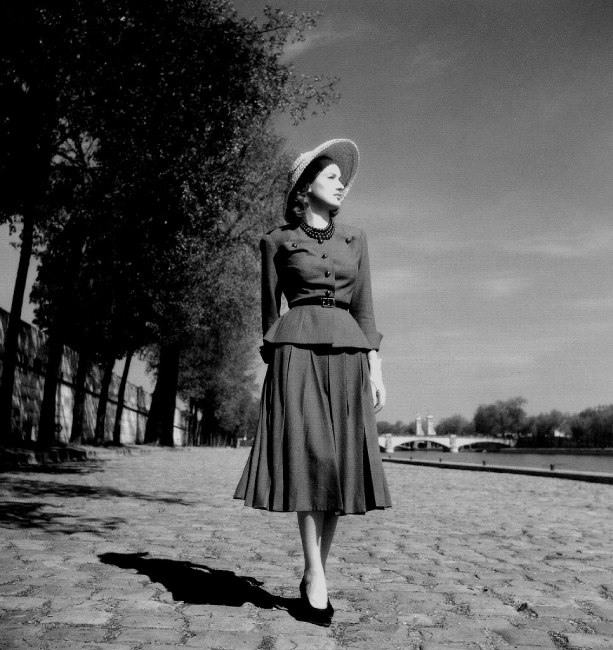
Officially named Corolle, the collection New Look was characterized by rounded shoulders, narrowed waist, visibly long and fluffy skirt. The most famous style of the collection was the white jacket-pleated skirt duo called Bar Suit. Although touted as ‘new’, the designs were nothing more than an evolution of their pre-war styles. Discover more about 1940s fashion below.
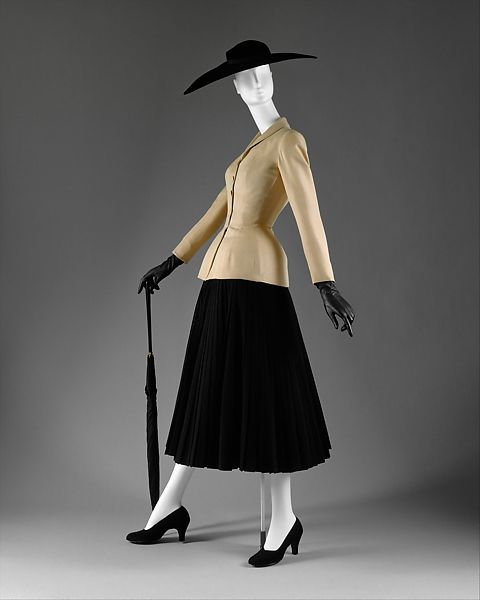
The New Appearance, an anti-thesis of the rising styles in Britain and America during the war, was described as a waste of meters of fabric it used, on the other hand, it was equated with the re-explosion of femininity for women who were stuck in houses or factories during the war. Despite all these contrasts, the silhouette remained popular until the late 1940s and remained on the fashion scene in the 1950s. Discover more about 1940s fashion below.
No matter if you’re a nurse, doctor, playing sports or want to increase circulation in your legs, healthcare products look great and extremely comfortable compression socks for men or women. Feel free to check dvt compression stockings for women.
Other Components of 1940s Fashion
This has been ten years of long and wavy hair, as beauty salons have become expensive and women rarely cut their hair to save money. For women who enlisted in the army or worked in the factory, it was both more comfortable and safer to collect the long hair from the back.
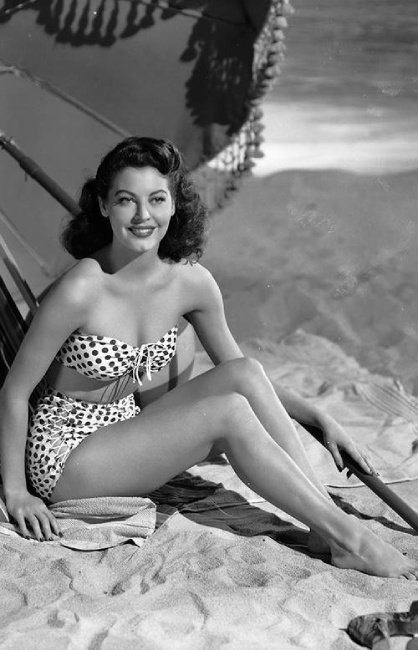
One of the least anticipated results of rationing the fabric was the bikini introduced by French designer Louis Réard. Discover more about 1940s fashion below.
Shoe heels were getting shorter and shorter in this decade. Many women have started to choose flat-soled shoes for safety and comfort at work. Discover more about 1940s fashion below.
Made of silk and then nylon, stockings became difficult to access due to the military’s need for nylon. During this period, women started to paint their legs with skin color and draw lines where the stitch should be. Discover more about 1940s fashion below.
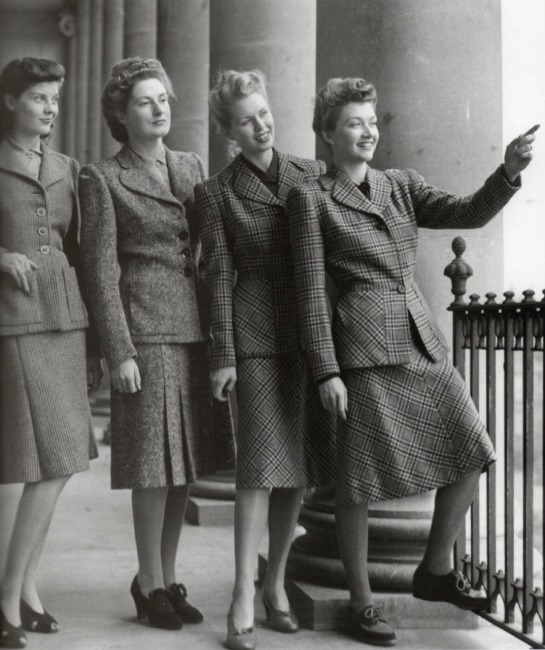
Wadding emphasizing the masculine military appearance was one of the most popular details of the period. They were also preferred because they add an interesting side to thin silhouettes.
Here we need to open a separate paragraph for men; because during this period a controversial style appeared on the fashion scene, just as men continued to wear only uniforms or suits they had; cool zoot suit. The style, which emerged with the evolution of the popular drape suits seen on the Harlem dance floors of the 1930s, started to be preferred especially by the minorities in the early 1940s. The suit, consisting of a large-cut jacket and voluminous trousers that narrowed to the ankle, was combined with a wide tie. Discover more about 1940s fashion below.
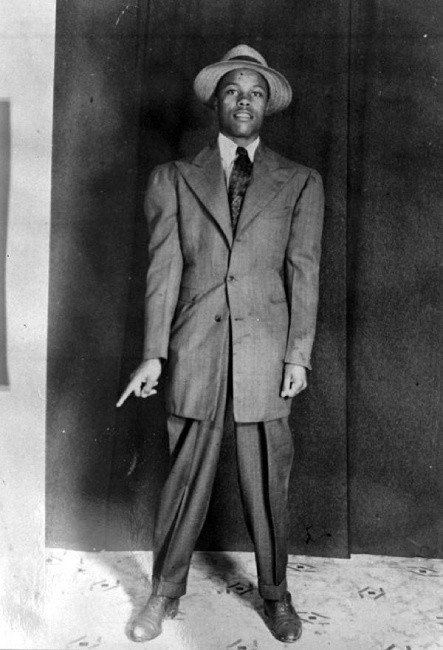
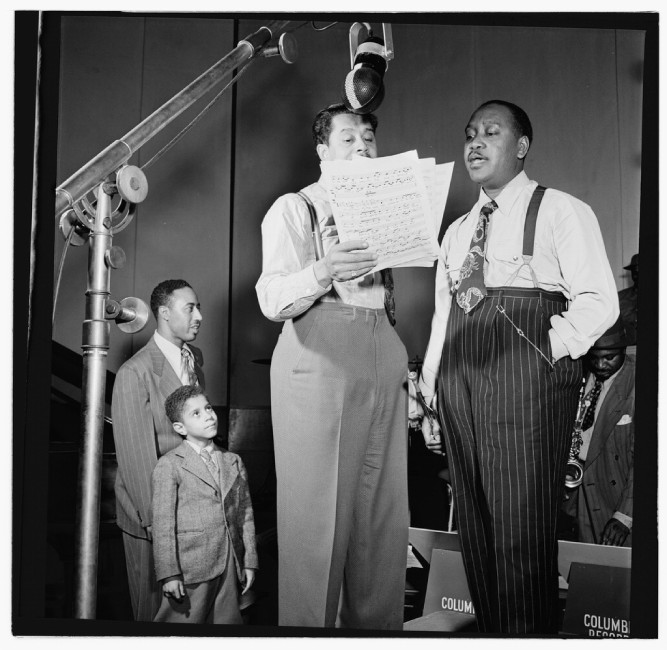
Consisting of components that originally evolved towards an exaggerated style, although less wide cuts were preferred, the suit became a common style among all men in the post-war period.
Reflections of the 1940s in Today’s Fashion
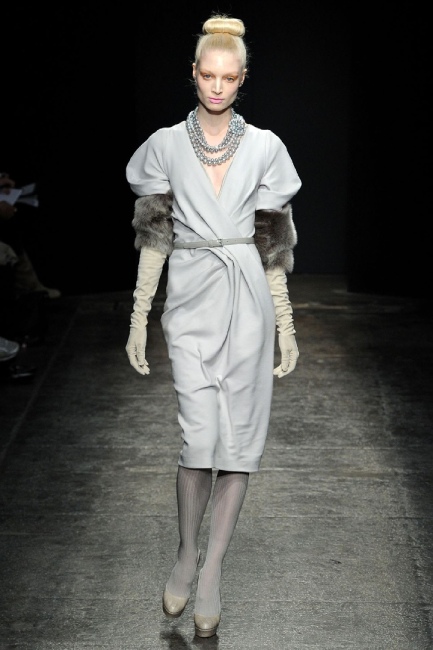
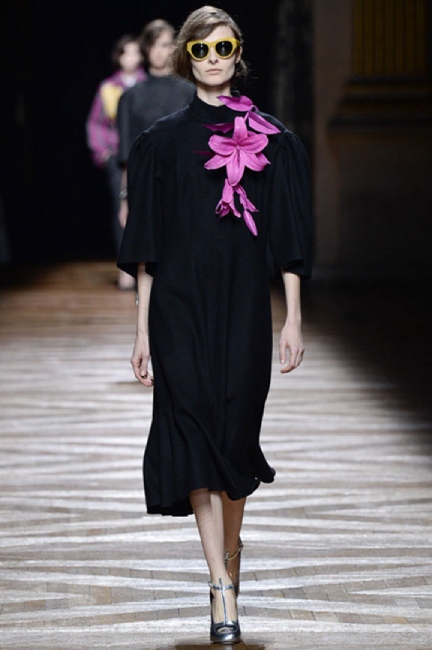
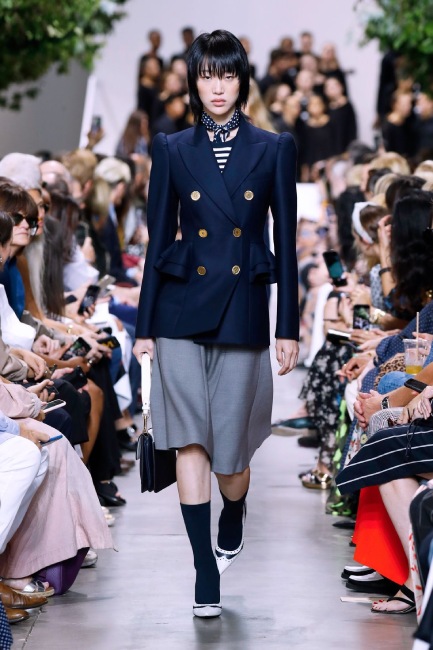
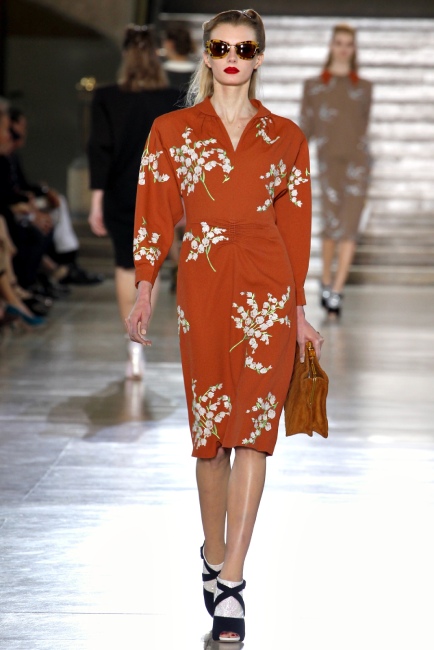
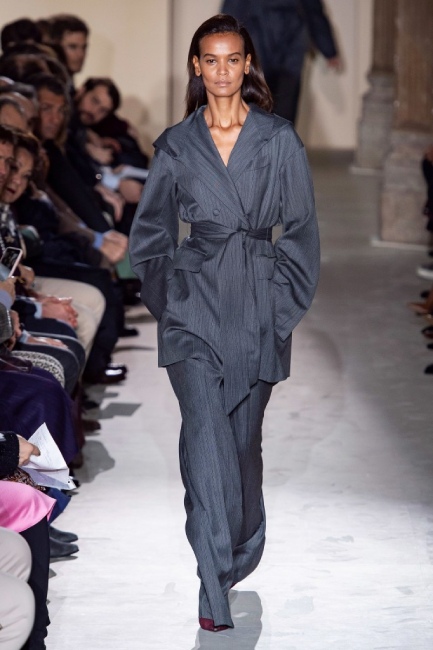
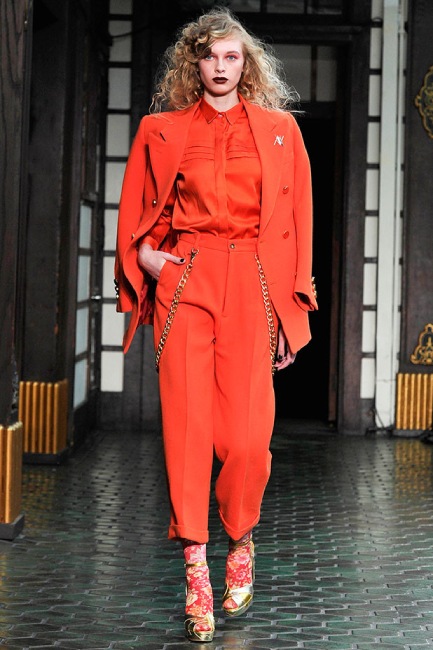
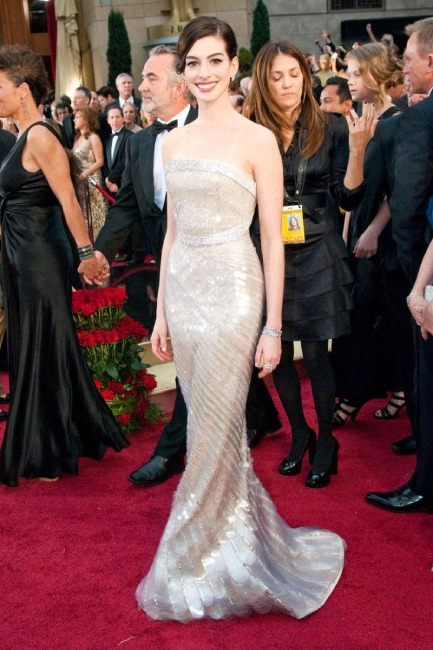
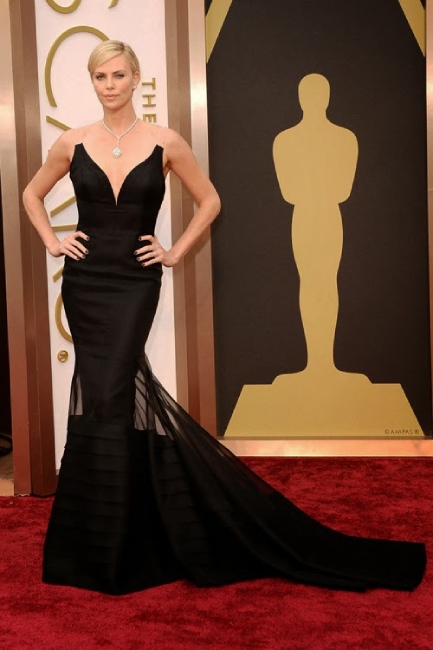
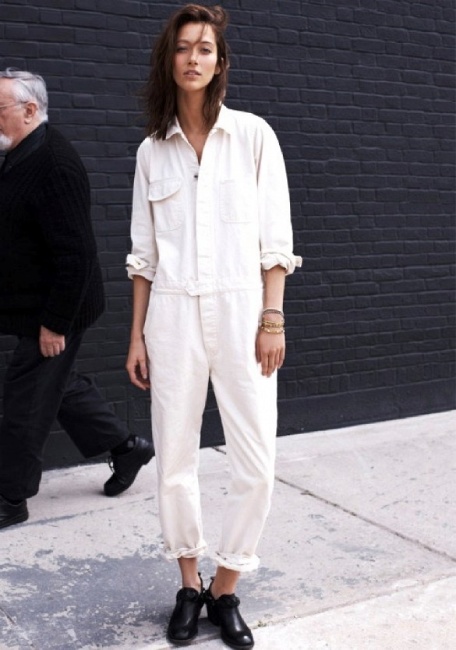
Other “Evolution of Fashion” articles
1990s Fashion w/Low Flying Attitudes
1980s Fashion w/Bigger Better
1970s Fashion, The Age of Polyester
1960s Fashion Influenced by Youth and Street
1950s Fashion with Stylish Options
The Golden Age of Splendor 1930s Fashion
1920s Fashion w/Flapper and Jazz
Introduction to the 20th Century Fashion
19th Century Fashion and Changing Silhouettes
18th Century Rococo Fashion
Renaissance Fashion and Rebirth
Medieval Fashion and Status Clothing
Authentic Clothing in the Ancient World

Leave a Reply